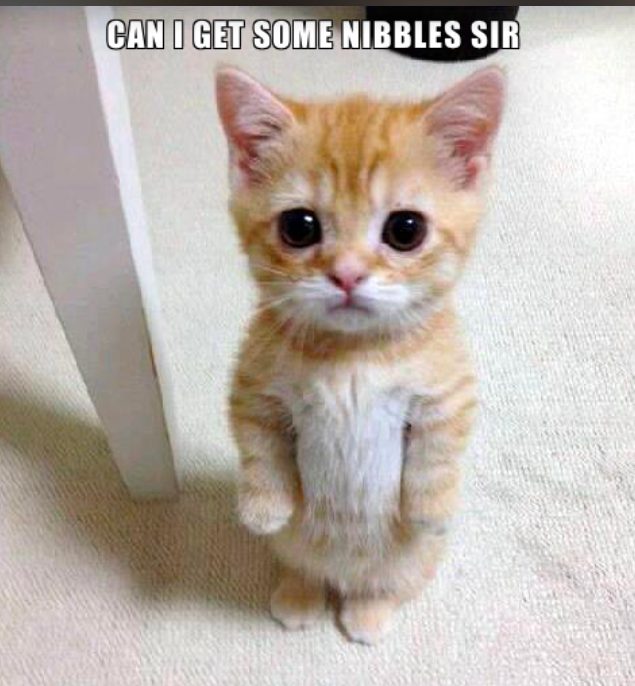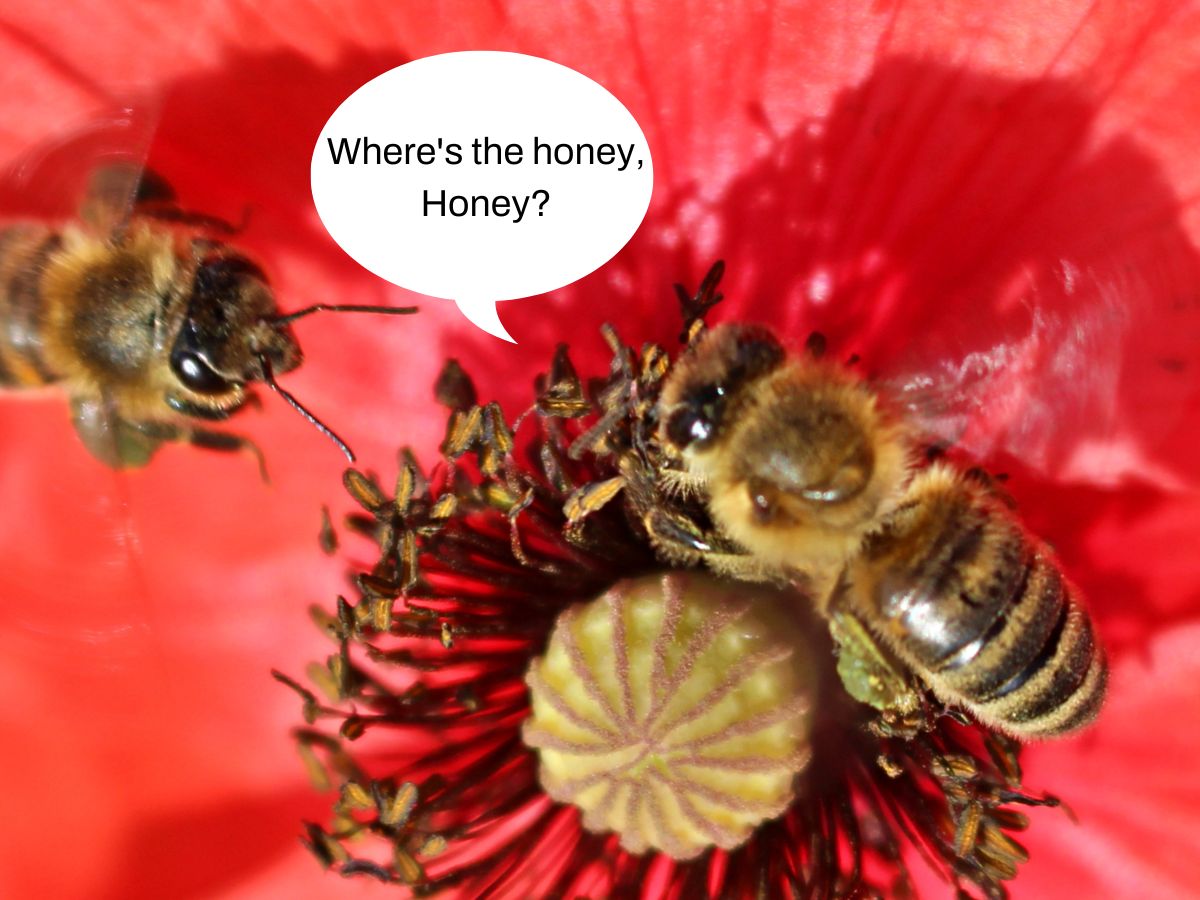AI is now working on translating animal talk into something we humans can understand. Our dogs can’t wait to tell us they aren’t vegans after all. Will an animal translation AI be ready for market soon?
Artificial intelligence (AI) is currently being used to do anything from investigating medicines faster, to looking for planets compatible with human life faster. And now AI is even being used to process animal recordings to find patterns, and order these into a “language.” Being able to find out what your dog is trying to say is tantalisingly close.
How AI will be the ‘Google Translate’ of animals
Humans have been strapping small portable digital recorders to animals like whales for quite some time. These recorders have been continuously capturing sound in remote areas, whether that be in deep oceans or on mountaintops, and any other place that humans don’t go.
The huge amount of data collected by these recorders are now being fed into AI bots with language processing algorithms. This is to detect patterns in nonhuman communication.
As a prime example, research by Yossi Yovel has shown that bats have a much more complex language than previously thought. Not only that, bats have local dialects. Yes, they have accents!
Yovel and his team recorded Egyptian fruit bats and then fed over 15,000 vocalisations into an AI that used a voice recognition program. The algorithm correlated specific sounds with social interactions.

For example, if bats fought over food, the AI would take note of the “words” being used at the time. Strangely, it was easy enough, with the help of the AI, to work out what sounds were connected with what actions.
Karen Bakker is the author of a book called The Sounds of Life: How Digital Technology Is Bringing Us Closer to the Worlds of Animals and Plants.
She says, “Bats argue over food; they actually distinguish between genders when they communicate with one another; they have individual names, or ‘signature calls.’ Mother bats speak to their babies in an equivalent of ‘motherese.’ Because most of bat communication is in the ultrasonic, above our hearing range, and because bats speak much faster than we do… we cannot listen like a bat, but our computers can. Our computers can also speak back to the bat.”
AI animal translation and talking to the Bees
AI is also being used to decipher bee language. Honeybees communicate through both sounds and body movements, making it a mind-bending challenge for scientists to translate their language.
However, with the use of computer vision and natural language processing, researchers like Tim Landgraf have been able to decode the specific signals honeybees use. These signals include “hush,” “danger,” and also telling other bees where a fresh source of nectar is.
Will we be able to put the sound of a bee into “Google Translate” and know what the bee is saying?
Landgraf went one step further and created a bee-like robot, known as RoboBee, that can enter the hive and emit commands that the honeybees obey.
In a stunning experiment, the RoboBee successfully instructed the honeybees to fly to a new nectar source using a dance. Although scientists are still unsure how and why this worked, it provides a glimpse into the incredible possibilities that come with using AI to decode and communicate with the honeybees.

Dangers of the promise and stalled delivery
Promising that AI can talk to animals has been around for quite some time. Just like in the crypto sphere, many scams sprang up around 10 years ago, hoping to cash in on the promise.
The Nordic Society for Invention and Discovery made headlines in 2013 with its fundraising campaign for “No More Woof”.
It was a wearable gadget for dogs that promised to read its brainwaves and translate its thoughts into human language.

They promised that they would apply brain-scanning technology to our furry friends and detect neural patterns that correspond to sentiments like “I’m tired” or “I’m hungry.” Then the machine would emit the translation so owners would know what their pet wanted.
Media outlets worldwide reported on the project with excitement, with headlines such as “Talking Dog Device Ready to Hit Market Soon.”
However, the campaign failed to deliver.
No More Woof serves as a cautionary tale for crowdfunding neurotech gadgets, which is a hot new area for startups but also poses many challenges. Animal translation is a difficult project that we haven’t solved yet.
But for now, with the AI being the hottest topic on the web, we can be sure that many AI projects are being well funded and are so close we can almost touch them.



